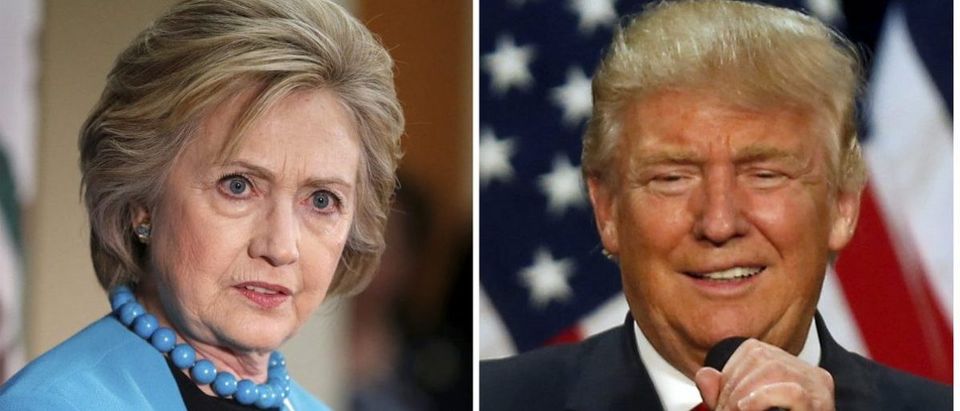With a largely stagnant economy, numerous projection shortfalls, and failures of Fed monetary policy, experts note that the problems with the U.S. economy can be traced back to really just a single thing: slack in the labor market.
Slack is by definition the quantity of labor and capital that could be employed, but isn’t and is otherwise inactive.
With workers in the U.S. becoming less productive and businesses spending less on the reinvestment of capital, businesses are able to hire workers at a much lower cost.
Experts note that the possible solution to this problem is for businesses to reinvest in newer and better equipment to make their workers more productive. Due to low wage growth and the slack in the labor market, it is much cheaper for businesses to hire a new worker than to reinvest in capital improvements. Couple that with the fact that U.S. workers are willing to take a lower paycheck to merely have a job, it would appear that businesses will continue to invest in cheaper labor over capital improvements.
In July, the unemployment rate was “significantly higher,” in “7 states, lower in 3 states, and stable in 40 states,” according to a recent report by the Bureau of Labor Statistics. National unemployment has remained steady at 4.9 percent.
According to a 2015 report by the St. Louis Fed, “as inflation increases, wage growth also rises.” The inverse is also true, periods of higher inflation (especially higher than 6 percent) were also periods of lower real wage growth. The report corroborated what has already been said, that such a “reduction in wage growth would be a consequence of slower growth in labor productivity or output per hour.”
With the current trend of slow wage growth (still slower than before the recession) and new workers finding employment shortly after entering the labor force, there appears to be some “room to grow,” according to Business Insider.
In a presidential election year, the question comes to mind of which candidate would do a better job of tackling this problem.
In a previous interview with Scott Greenberg, analyst with the Center for Federal Tax Policy at the Tax Foundation, told The Daily Caller News Foundation that Clinton’s tax plan would “shrink the long-run economy by about one percent,” adding that this decrease is largely because “she is discouraging labor, investment and savings among high-income individuals,” (RELATED: Which Candidate Is Better For Your Bottom Line: Trump Or Clinton?).
All content created by the Daily Caller News Foundation, an independent and nonpartisan newswire service, is available without charge to any legitimate news publisher that can provide a large audience. All republished articles must include our logo, our reporter’s byline and their DCNF affiliation. For any questions about our guidelines or partnering with us, please contact licensing@dailycallernewsfoundation.org.


